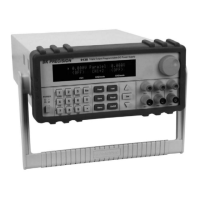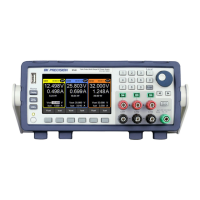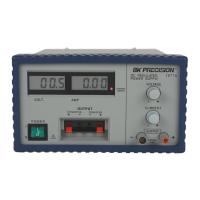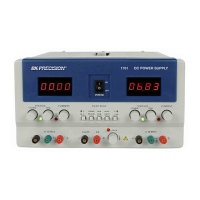57
Functional Description of GPIB Interface
Devices from the interface are classified into 3 types:
Listener: a device capable of receiving data over the interface when addressed
to listen by the Active Controller.
There can be up to 14 Listeners on the bus at one time.
Usually the Active Controller will be the Talker, while a single device is the
Listener.
But it is also possible that multiple Listeners will be assigned. In this case, all
of them will execute the received commands.
A device becomes a Listener when it is addressed to listen (when it receives its
Listen address).
It stops being a Listener only when:
§
§
UNL command is received
§
§
Interface Clear (IFC) command is sent over the interface.
Talker: a device capable of transmitting data over the interface when addressed
to talk by the Active Controller.
There can be only one Talker on the bus at one time.
Usually, when a device is addressed to talk, it becomes the Talker over the
interface and Active Controller becomes a Listener.
A device becomes a Talker when it is addressed to talk (when it receives its
Talk address).
It stops being a Talker only when:
§
§
UNT command is received
§
§
A new Talker is assigned (since there can be only one addressed
Talker on the bus at one time )
§
§
Interface Clear (IFC) command is sent over the interface
Controller: a device capable of specifying the Talker and the Listeners for a
data or command transfer.
In multiple controller systems, active control may be passed between
controllers. There can be only one addressed Controller on the bus at one time.
The Controller function is usually handled by a computer.
The power supply can only be a Listener or a Talker (when addressed to talk).
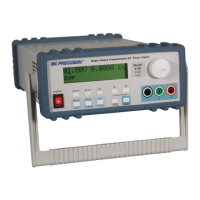
